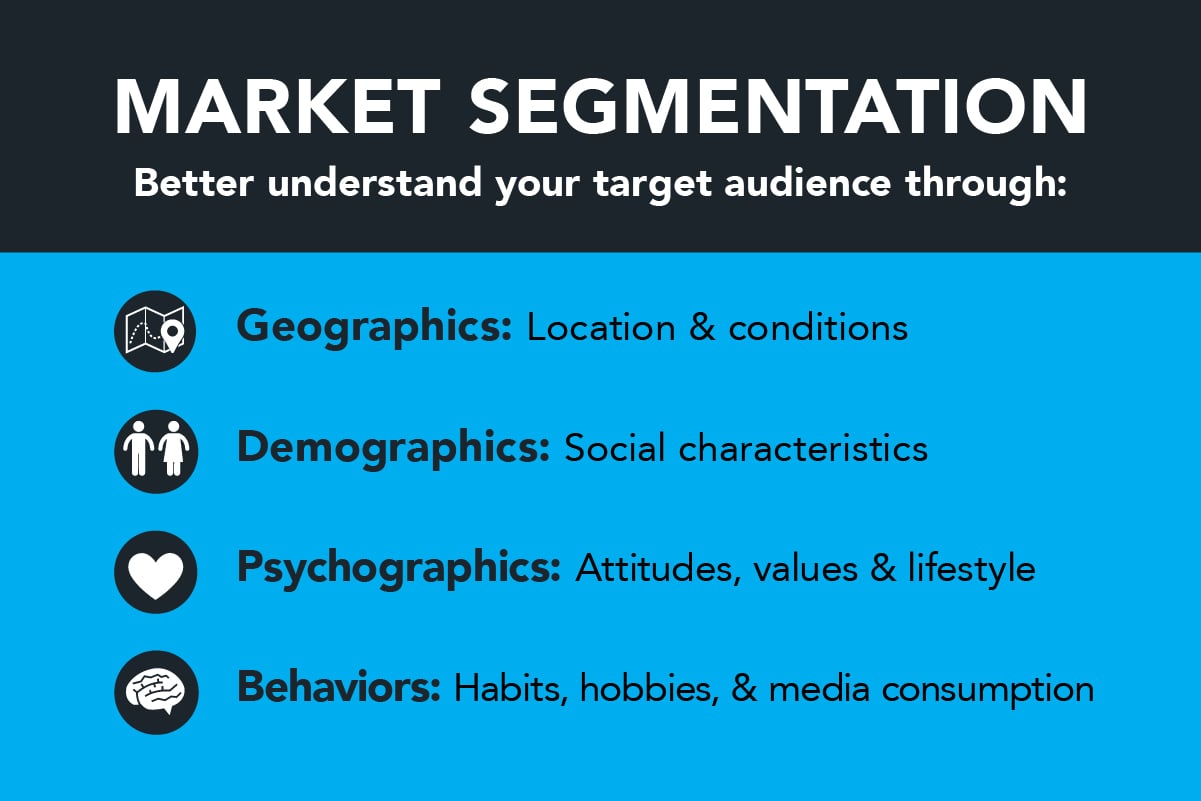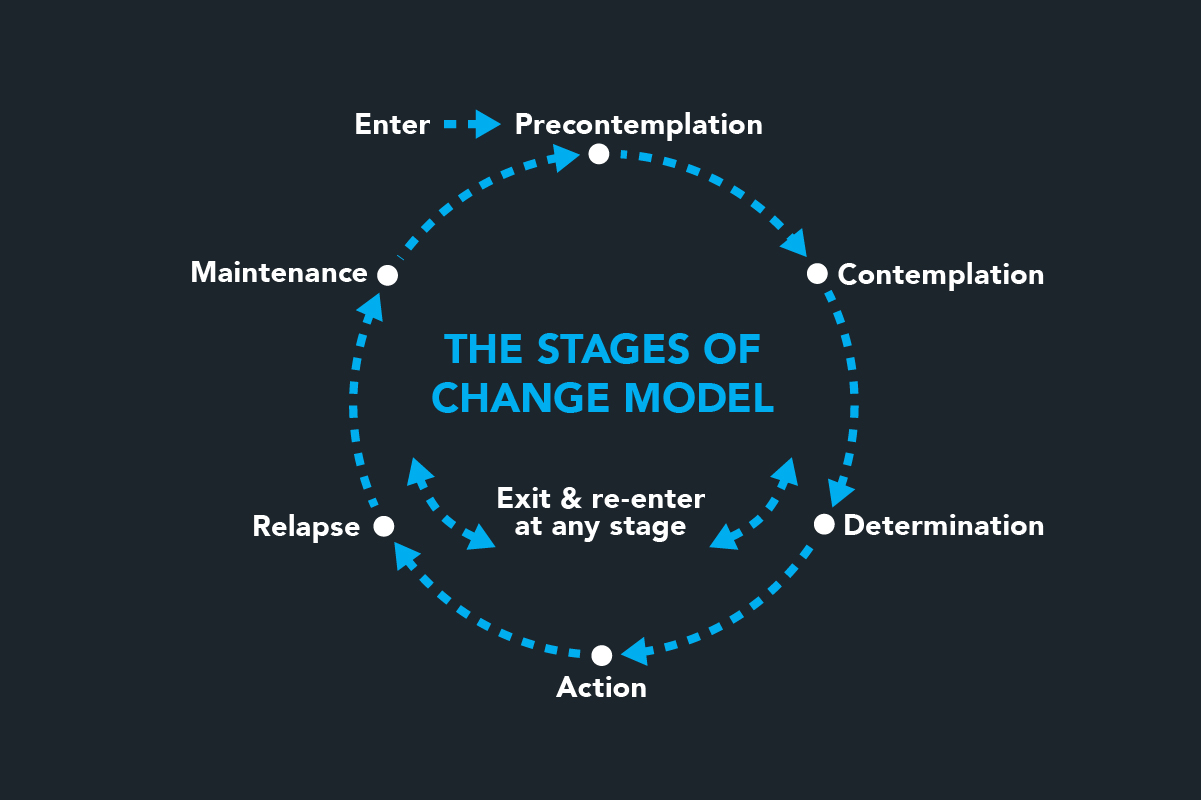
Divide and Conquer: Why Segmentation Matters in Behavior Change Marketing
Audience segmentation is the process of dividing people into homogeneous subgroups based upon defined criterion such as habits, demographics, psychographics, communication behaviors and media use. This would be the next step you take to learn more about your target audience.
Your target audience may be defined as Oklahoma City, Women, ages 18-24, but that’s still a very large group of individuals with different lives and backgrounds.
You may choose to segment these women further by dividing them into socio-demographic, lifestyle, behavioral or attitudinal categories.
Here are a few possible segments of the Oklahoma City, Women, ages 18-24 audience: Single/Married, Urban/Suburban or Christian/Non-Christian.
Depending on your marketing efforts, you may choose one layer of segmentation or multiple layers to refine this audience.
Audience segmentation is incredibly important in all marketing campaigns, but especially in behavior change marketing. With limited budgets and incredibly unique targets, it is extremely important to use our resources wisely and target the segment where we have the ability to make the most impact.
There are many ways to segment an audience, and once you think you are done, you could probably still add a few more layers. It’s important to find the sweet spot for an audience, so it’s wise to keep asking questions until you drill down to the most appropriate group.
Most marketing campaigns begin segmentation with demographics. Two individuals in the same audience might live in the same neighborhood, generate the same amount of household income, be the same race, but the psychographic and behavioral differences between the two should impact the marketing strategy.
Behavior change marketers should also consider where the audience may be in the Stages of Change. Finding the appropriate group that is contemplating the change you wish for your audience to make might be the most efficient use of budget. Stages of Change research can be accomplished through attribution modeling, past campaign data or other forms of primary and secondary research.

A key benefit of segmentation is the ability to develop appropriate messages and strategies for the audience you’ve identified. If you have segmented properly, you should be able to target specific messages to the right group at the right time. Your audience is likely to be much more receptive to specific messaging during particular readiness stages.
Segmentation also allows for better ROI. By segmenting audience, you can decide which groups are worth investing in and where you will see the most influence and therefore, change in an audience.
Despite all that can be done with targeting – the most important thing to remember is that as a marketer, you are seldom in your actual target audience. Because of this, you must put all your assumptions aside and truly do your research on the audience you are trying to motivate to change.
Learn more about the next step in the targeting process in this blog.








